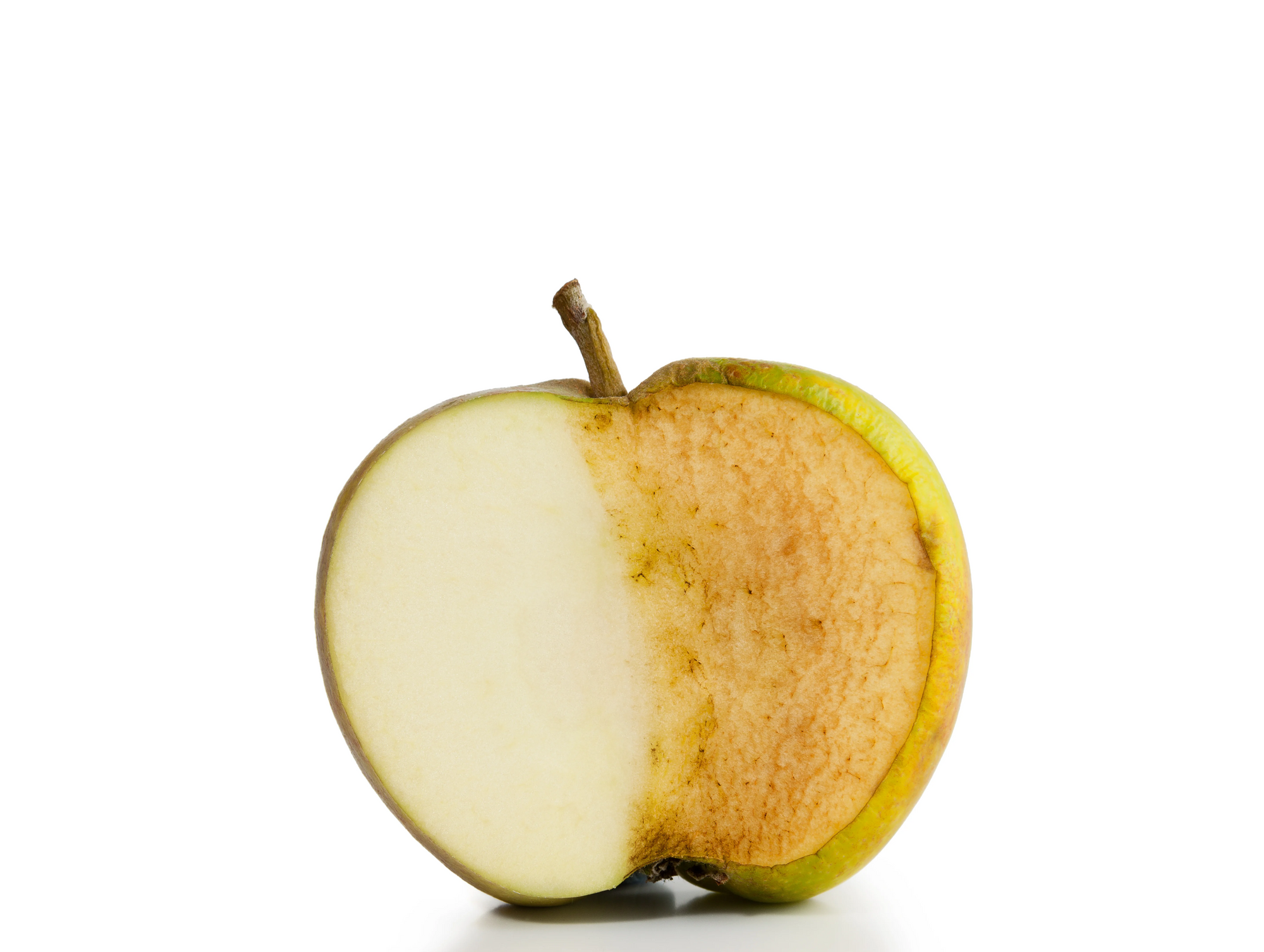

Oxidation-Reduction Potential (ORP) and the Role of Water in the Body
Oxidation-reduction potential (ORP) measures the ability of a substance or system to undergo oxidation or reduction reactions. It is critical for various processes in our body, like energy production, detoxification and immune system function. Water is closely involved in these processes and helps maintain ORP in our bodies.
Water is necessary for life and constitutes a large part of our body. It helps with biochemical reactions and supports different metabolic processes. One vital function is participating in redox reactions (giving and taking electrons). Water can donate electrons to harmful free radicals, preventing cell damage. Therefore, ORP has a big impact on important processes in the body.
Water by percentage in our organs:
- Blood – 90%
- Brain – 75%
- Kidneys – 83%
- Heart – 79%
- Liver – 68%
- Intestines – 75%
- Spleen – 76%
- Lungs – 79%
- Skin – 72%.
When the ORP value is negative, it means that a solution has extra electrons that it can give away. This makes the solution reductive. Alkaline water is a reductive solution because it can give away its extra electrons. The more negative the ORP value, the more electrons the solution has to give away, and the better it is at giving them away. When the solution gives away its electrons, it can help neutralise harmful substances called free radicals that don't have enough electrons. That's why alkaline water is considered to have antioxidant properties. On the other hand, when a water-based solution has a positive ORP value, it means that it lacks electrons and has oxidant properties.
An imbalance between reactive oxygen species (ROS) and our body's ability to neutralise them leads to oxidative stress. ROS are reactive molecules that can harm our cellular structures. The ORP of water affects the balance between oxidation and reduction reactions and helps manage oxidative stress.
The presence of dissolved oxygen in the water and the activity of antioxidant systems link water's role in maintaining ORP. Dissolved oxygen acts as an agent that helps transfer electrons in redox reactions. It is used in cellular respiration to produce energy. Water also helps transport electrons and protons in metabolic pathways (the network within our body that connects different molecules and enables the conversion of substances needed for various biological processes.)
Our body has antioxidant defence systems that neutralise ROS. Enzymes like superoxide dismutase, catalase, and glutathione peroxidase rely on water to function as they should. Water helps transfer electrons and regenerate antioxidants, enabling them to neutralise ROS effectively.
Imbalances in ORP and oxidative stress can contribute to health problems like chronic inflammation, cardiovascular diseases, neurodegenerative disorders and ageing. Staying hydrated and maintaining a balanced ORP is essential to good health.
Eating a diet rich in antioxidants from fruits, vegetables, and other plant-based sources, supports our body's antioxidant systems and maintains optimal ORP. Drinking enough water keeps us hydrated, delivers oxygen and nutrients to cells, aids detoxification, and empowers our body's antioxidant defences. But if you wish to go one step further with your hydration,
Summary of key points:
- ORP is critical for cellular health and overall well-being.
- As a vital component of our body, water helps regulate ORP through redox reactions and electron/proton transport.
- A negative ORP value means a solution has extra electrons to give away.
- A positive ORP value means a solution lacks electrons and has oxidant properties.
- Alkaline water is reductive and can give away its extra electrons.
- Alkaline water is an antioxidant as it helps neutralise harmful free radicals.
- Maintaining a balanced ORP is crucial for managing oxidative stress and preventing health issues.
















